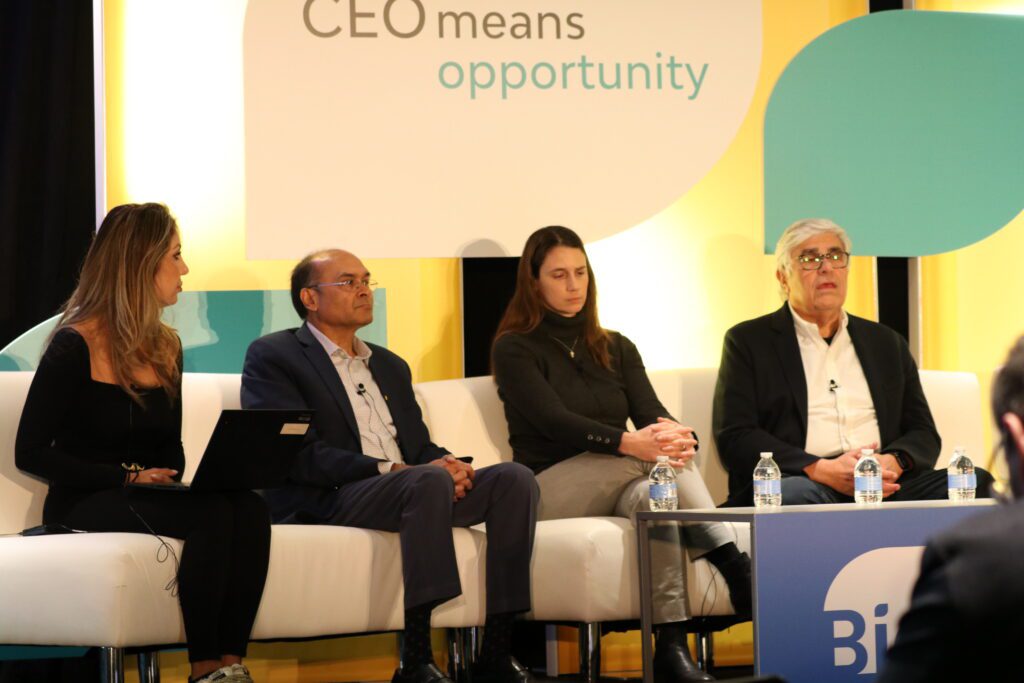The metabolic field is the hottest biotech therapeutic area of the year (and likely to continue beyond). In the context of a difficult couple of financial years for the industry, GLP-1 receptor agonist drugs offer an opportunity for optimism for investors and those focused on managing and treating diabetes and obesity.
Biotechnology Innovation Organization’s (BIO) 2024 CEO and Investor Conference hosted a panel, The Next Frontier for Metabolic and Obesity Treatments, which examined the innovators seeking to make the biggest impact soonest for patients and how investors prioritize their capital in this sector.
“All of us understand that obesity is a growing field that requires multiple approaches,” began moderator Yasmeen Rahimi, Senior Research Analyst at Piper Sandler. The conversation explored the rise of obesity drugs and research to mitigate challenges facing future generations of them.
How can next-generation GLP-1s stay competitive?
“As we talk about the next generation of obesity agents, we need to recognize what the first generation of GLP-1s have done for us,” said Jon Isaacsohn, Founder & Chief Executive Officer at CinFina, which is working to develop long-acting GLP-1s. “They really have established obesity as a medical condition that sometimes leads to the need for other treatment. And for those of us who have been treating patients for a long time—treating with lipids, diabetes, hypertension, and heart disease—we know that if patients just lost a significant amount of weight, all of those comorbidities would either be cured or will be much easier to treat.”
Patients, researchers, and regulators have begun paying attention to what is needed in the coverage and regulatory spaces, especially as obesity remains high in the U.S.
What challenges face GLP-1s and weight loss drugs?
However, despite early optimism about the safety of these drugs, distinct issues still need to be addressed in the long term.
“In order to stay on a GLP-1 or other drugs for a long period of time we need to address the tolerability issues, and there clearly are issues with GLP-1s in terms of tolerance,” said Isaacsohn.
Another issue with GLP-1s is the type of weight being lost. “When we say that a patient has lost 20% of their body weight, we know that something like 30–40% of that weight lost consists of lean body mass, which is muscle, bone, organs, etc. […] So we’ve got to do a better job at maintaining the quality of weight loss,” said Isaacsohn.
There is also the issue with durability, otherwise known as the “biggest loser syndrome,” where a patient might lose a great deal of weight in the short term, but is unable to maintain it.
By virtue of these drugs being brand new, questions remain. But it is up to the industry to understand and solve them.
“It’s really early days when it comes to the field of weight loss and obesity,” said Vipin Garg, President and Chief Executive Officer at Altimmune, a clinical-stage company developing peptide therapeutics for obesity and liver disease.
Biomarkers for weight loss
Another topic was around the future use of biomarkers. Researchers are developing biomarkers to better evaluate the effectiveness of obesity drugs. This would help researchers, providers, and patients key into exactly what kind of specialized treatment would be most effective in the future.
Investing in GLP-1s and weight loss drugs
Eventually, the conversation came around to what kinds of companies investors should support when it comes to weight loss. While Eli Lilly and Novo Nordisk are the current industry leaders for weight loss drugs, the space has a lot of room for growth. The clinical trial struggles that exist in every other therapeutic space are considerably less of an issue when running a clinical trial for a weight loss drug.
For example, the placebo effect seen in clinical trials is highly reduced in weight loss clinical trials. Additionally, the normal barriers to getting from phase 1 to 2 in clinical trials are also different. Phase 1 is usually conducted on healthy volunteers (with the exception of the oncology space). However, it is fairly easy to find healthy volunteers with a higher body weight, meaning the data for this phase is naturally improved.
“Either you’re all into this field, or you’re not,” asserted Rahimi. For investors, the time to jump is now—regardless of whether they are jumping in the late-stage side of the pool or the deeper, early-stage side.




